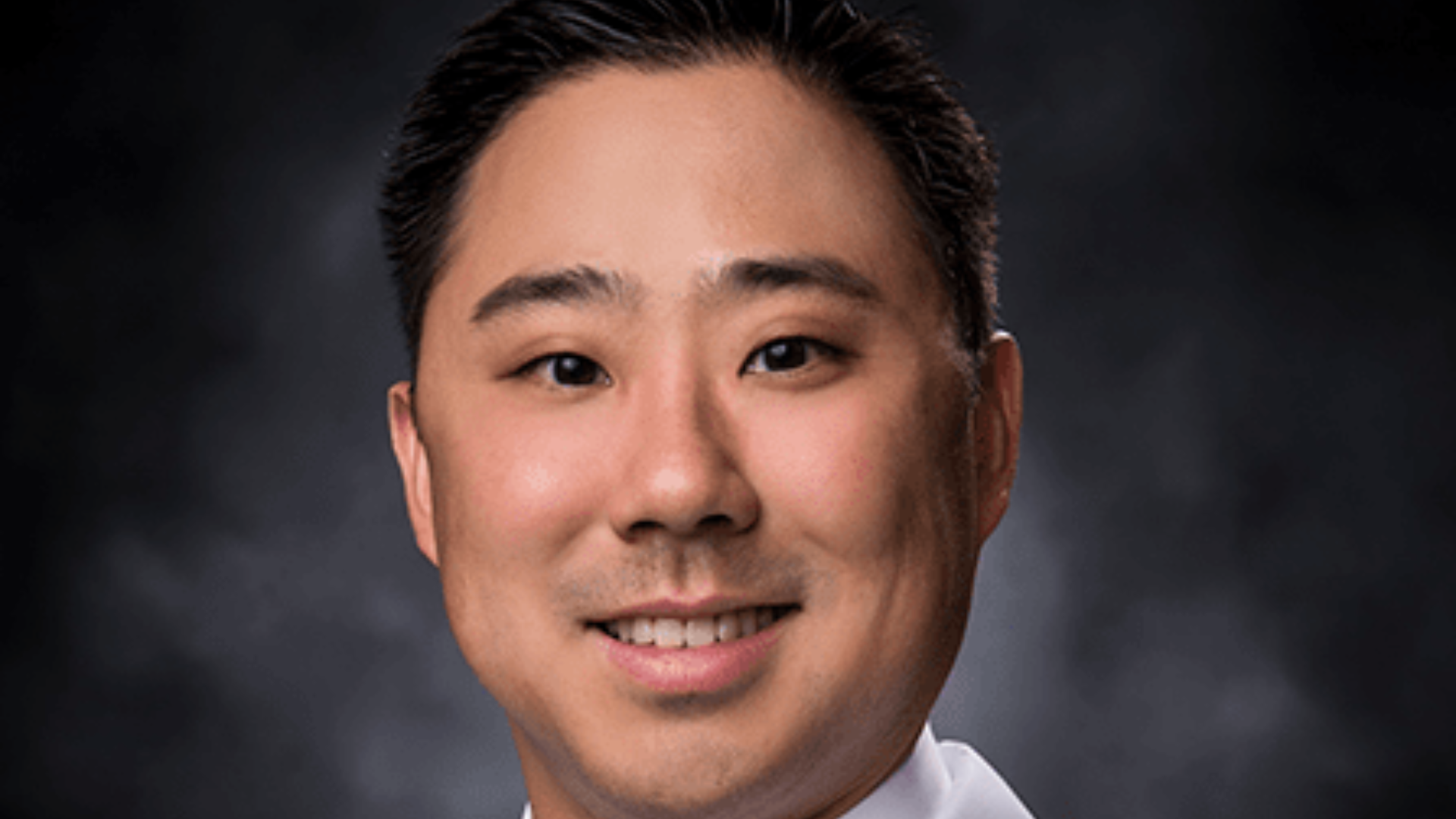Dr. Brian Lee | Scottsdale Sinus and Allergy
Dr. Brian Lee | Scottsdale Sinus and Allergy
• People suffering from sinusitis should see an ENT specialist to help improve their quality of life.
• Untreated sinusitis can lead to the patient's personal and work life being affected.
• There are minimally invasive treatment options available, such as a balloon sinuplasty procedure.
Treatments for sinus problems have progressed over the years, providing patients with more opportunities to improve their quality of life, such as with a balloon sinuplasty, said Dr. Brian Lee of Scottsdale Sinus and Allergy Center.
"It's very sad, because those (chronic sinusitis) patients are absolutely miserable," Lee told Grand Canyon Times. "They absolutely do not need to live like that. I think there's some misperception among the general public, based on what sinus surgery used to be 10, 20, 30 years ago. They used to pack your nose full of gauze, and you hear these horrendous stories about the pain and the bleeding and recovery."
Treatment options today are much improved, according to Lee.
"Luckily, things have advanced significantly," he said. "The procedures are much easier, and the recovery is significantly better. Dealing with those issues is a lot easier these days, and the amount of relief and the improvement to the quality of life is astronomical for these patients."
An early intervention for a sinus patient not only increases their immediate quality of life, but also improves long-term relief while reducing health care costs, according to the Official Journal of Otolaryngology.
Many patients who undergo a minimally invasive procedure to treat their chronic sinusitis also find that after the surgery, their quality of sleep drastically improves, according to Atlanta ENT Sinus & Allergy Associates. A study of more than 500 patients who underwent sinus surgery found significant improvement in their overall sleep and quality of life, according to Atlanta ENT Sinus & Allergy Associates.
Chronic sinusitis is one of the most common chronic medical conditions among Americans, and it can have a negative effect on one's quality of life, according to the Indian Journal of Otolaryngology. They conducted a study comparing patients who underwent functional endoscopic sinus surgery (FESS) with patients who opted for a balloon sinuplasty to treat chronic sinusitis and found that, although both procedures are effective, balloon sinuplasty patients needed fewer antibiotic treatments after their procedures.
FESS involves removing sinus tissue, while balloon sinuplasties are "less traumatic" because the procedure does not include removing any tissue, instead relying on dilation to improve sinus function.
A balloon sinuplasty procedure only takes about 10 to 15 minutes, and patients typically recover within one to two days. Most patients can resume their normal activities during that time period, although they may experience some swelling for up to a week, according to Eisemann Plastic Surgery Center.
To learn more about the symptoms of sinusitis and allergies, take this Sinus Self-Assessment Quiz.






 Alerts Sign-up
Alerts Sign-up